
![]()
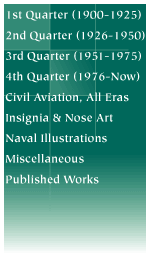
The Planes of Geoffrey de Havilland
By Bob Pearson
One of the great designers in the period 1914-1918 was Geoffrey de Havilland, formerly of the Royal Aircraft Factory and latterly chief designer for the Aircraft Manufacturing Company (Airco). His first design for them was a two-seat pusher design designated DH1. This was a typical pusher along the lines of the Vickers FB.5. Only a few were produced and the type saw little use - mostly in the Middle East.
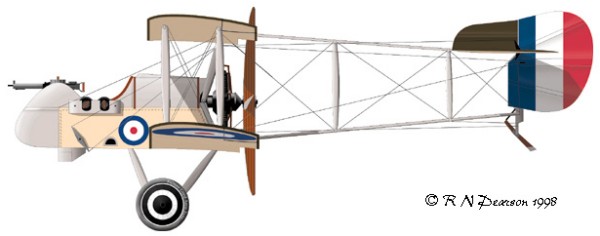
De Havilland DH2 serial unknown
'A' Flight
No. 32 Squadron RFC
De Havilland's next design was to become famous as the aircraft with which the world's first homogenous fighter squadron was equipped - the DH2. As there was no means of safely firing through the propellor arc, the DH2 stayed with the pusher layout of the DH1 and was armed with a forward firing Lewis machine gun.
When No.24 Sqn RFC arrived in France on 7 February 1916, it was the first unit to be equipped with a single aircraft type - a practice soon to be widely adopted by all nations when possible. Eventually two other units were equipped with the type, Nos. 29 and 32 Sqns arriced in March and May. The last DH2 was returned to depot on July 1 1917 when No.32 Sqn completed re-equipping with the DH5.
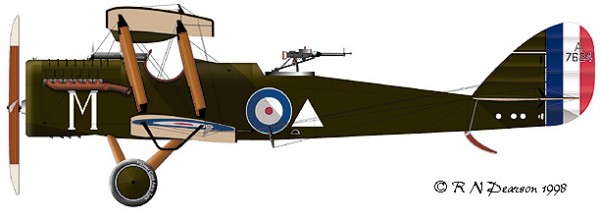
De Havilland DH4 A7624
'B' Flight
No. 55 Squadron RFC
The next notable design was the DH4. This was a two seater that was used for bombing and reconnaissance. The DH4 was used by the RNAS as well as the RFC and later became the only American built aircraft to enter combat, when 'Liberty' planes were used by units of the USAS.
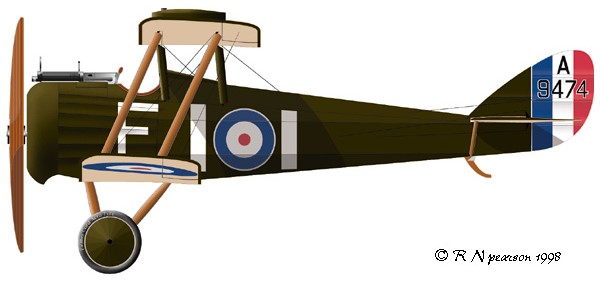
De Havilland DH5 A9474
2/Lt FS Clark
'A' Flight
No. 41 Squadron RFC
October 1917
On 29 October 1917 Clark was shot down and taken POW, his aircraft later being photographed in German hands.
The DH5, like the later Sopwith Dolphin, featured reverse staggered wings, and like the Dolphin experienced much negative opinion due to this feature. Although the DH5 wasn't destined to be a great fighter aircraft, it was well-built and could take a great deal of punishment. This in conjunction with it's great forward visibility, led to its being used for ground attack work.
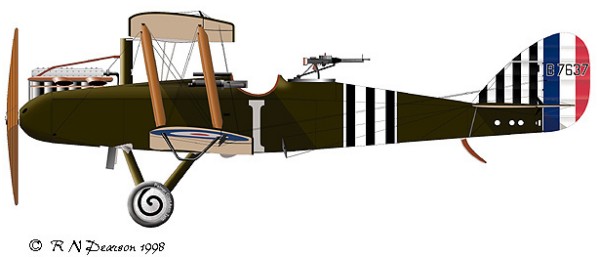
De Havilland DH9 B7637 (?)
No. 211 Squadron RAF
April/May 1918
Despite the excellence of the DH4, it was apparent a successor would soon be required. A new engine, the 230hp Siddeley Puma was in development and showed much promise. Therefore the DH4 was redesigned to accept the new engine, additionally the pilot and observor were now seated close together to facillitate communication - one of the drawbacks to the DH4 was the distance between teh two crew members. Unfortunately the Puma turned out to be a failure, and many were lost due to engine failures behind enemy lines. Additionally, in action the DH9 was found to be slower, had a lower ceiling and could only carry a portion of the DH4s bomb load. However production of the DH4 had been stopped, so the RFC/RAF was forced to carry on using the inferior DH9 until the improved DH9A could be brought into service.